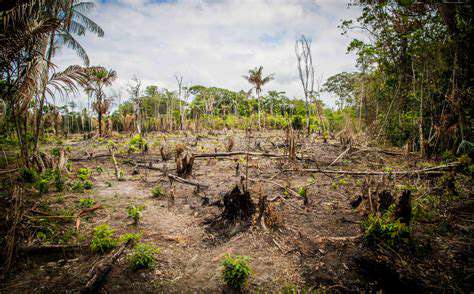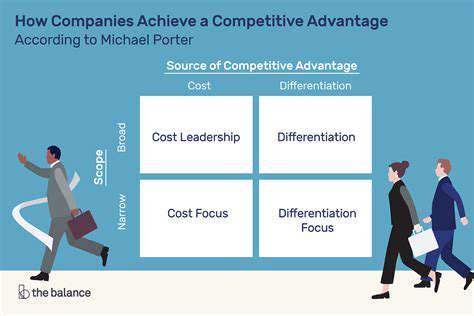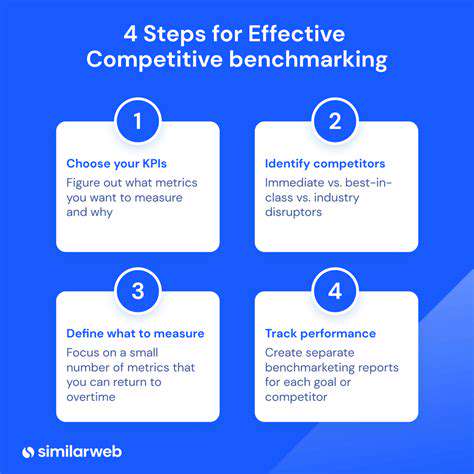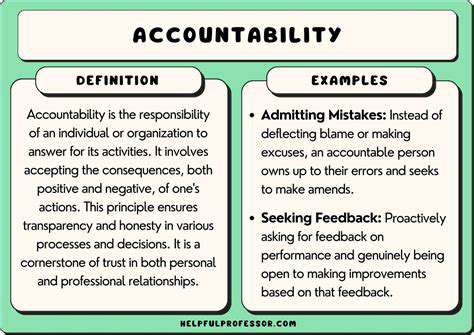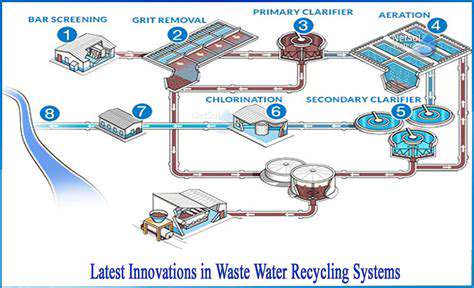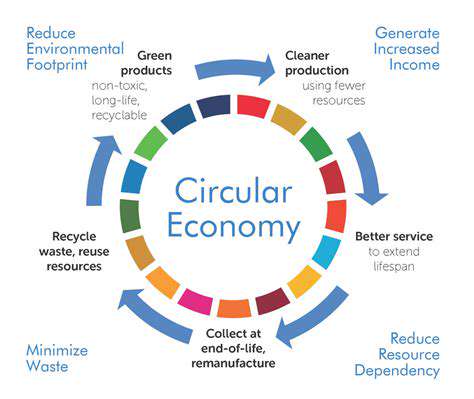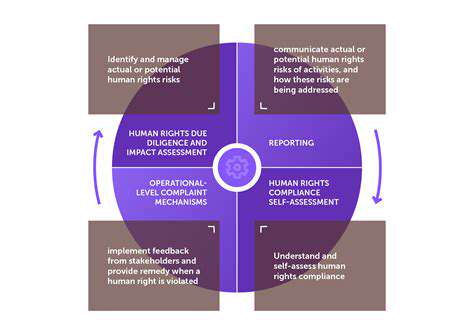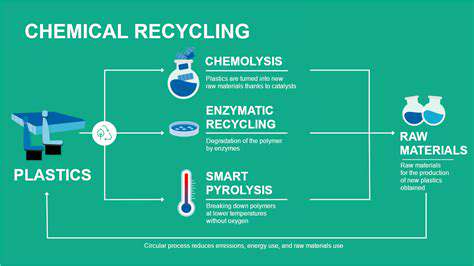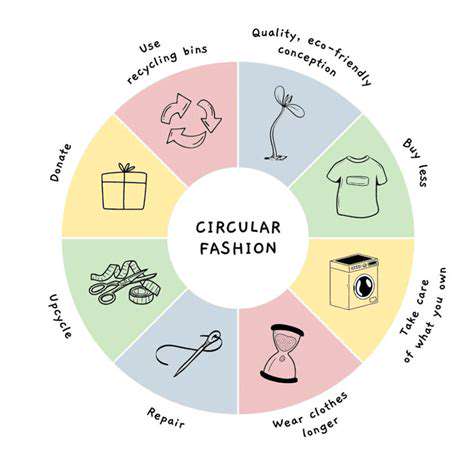How to Care for Your Pre Loved Garments for Longevity
Considering the Item's Intended Use
Functional expectations dramatically affect condition assessment. A 1950s cocktail dress preserved for special occasions will show entirely different wear patterns than a work shirt from the same period. Aligning your intended use with an item's historical usage patterns helps set realistic condition expectations. This perspective prevents disappointment when a perfect vintage find reveals expected signs of its previous life.
Maintaining a Detailed Record of Your Treasures
Developing a tracking system for your collection serves multiple purposes:- Creates provenance documentation that enhances value- Forms a care timeline showing treatment history- Provides condition benchmarks for monitoring changesThis living archive becomes increasingly valuable over time, both practically and sentimentally. For resale purposes, well-documented items command premium prices as buyers appreciate transparency about an item's journey.
Washing Your Pre-Loved Garments with Care
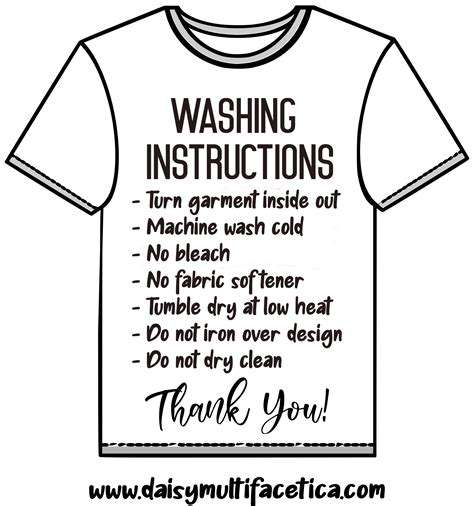
Pre-Washing Considerations
Before any water touches fabric, conduct a thorough inspection. Look beyond obvious stains to hidden areas like armholes and linings where problems often lurk. Strategic spot treatment before washing can mean the difference between restoration and ruin. Always test cleaning products on inconspicuous areas first - that vintage dye might react unexpectedly to modern solutions.
Decoding care labels requires historical knowledge. A dry clean only tag from 1965 might reflect cleaning technology limitations rather than fiber requirements. When in doubt, err on the side of caution: gentler methods can always be repeated, while damage from aggressive cleaning is often irreversible.
Washing Techniques for Different Fabrics
Tailor your approach to each fabric's personality:- Silks prefer brief, lukewarm baths with specialty detergents- Heavy wools need room to float freely in cool water- Vintage syntastics require extra rinsing to prevent residue buildupThe golden rule? Treat the most delicate component in a blended fabric as your guide. That angora/acrylic sweater lives by the angora's rules, not the acrylic's resilience.
Drying Methods and Post-Wash Care
Proper drying begins with thoughtful water removal. Never wring - instead, gently press water out between absorbent towels. For structured pieces like jackets, reshape while damp using the original seams as guides. Consider these drying options based on fabric needs:- Flat drying for heavy knits to prevent stretching- Line drying in shade for color-sensitive items- Light blocking for whites needing brightness restoration
Important Considerations for Specific Items
Special categories demand specialized approaches:- Beaded garments require mesh bag protection- Leather trim needs immediate conditioning after moisture exposure- Vintage elastic benefits from cornstarch treatmentsThe most valuable preservation principle? Patience. Rushing any step in vintage garment care usually leads to regrets. Wait an extra day for thorough drying, take time for proper reshaping - these small investments pay long-term dividends in preservation.
Drying Techniques for Long-Lasting Pre-Loved Garments
Sunlight Drying
Harnessing natural light requires nuance. While UV rays offer sanitizing benefits, they also accelerate fading. The solution? Time your drying sessions like a photographer chasing perfect light. Early morning or late afternoon sessions provide gentler exposure. For delicate items, create shade using sheer curtains or position garments in dappled tree light. This balanced approach delivers sanitation without sacrifice.
Using a Clothesline or Drying Rack
Proper hanging technique prevents distortion:- Dresses should hang from waist seams, not shoulders- Sweaters dry flat to maintain shape- Pants invert to distribute weight evenlyThese subtle adjustments prevent the stretched-out silhouettes that plague improperly dried vintage. For extra protection, pad hangers with soft tubing to prevent shoulder bumps on delicate blouses.
Addressing Stains and Repairs for Enhanced Longevity

Addressing Stains
Stain treatment begins with accurate identification. View stains as historical artifacts - their patterns tell stories of origin. Circular stains with dark edges often indicate beverage spills, while angular marks might suggest contact with corroded metal. This detective work informs appropriate treatment strategies while preserving fabric integrity.
Repairing Fabric
Thoughtful mending respects an item's history:- Use period-appropriate thread weights for invisible repairs- Reinforce weak areas before they fail completely- Document all repairs as part of the item's storyExceptional repairs don't erase history - they honor it while extending usefulness. That carefully darned elbow on a vintage sweater becomes part of its charm.


